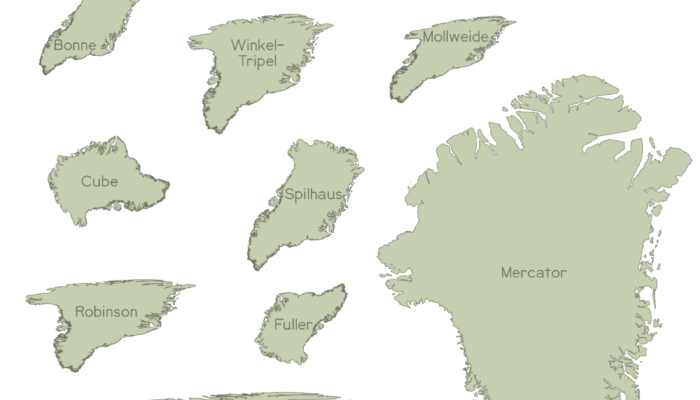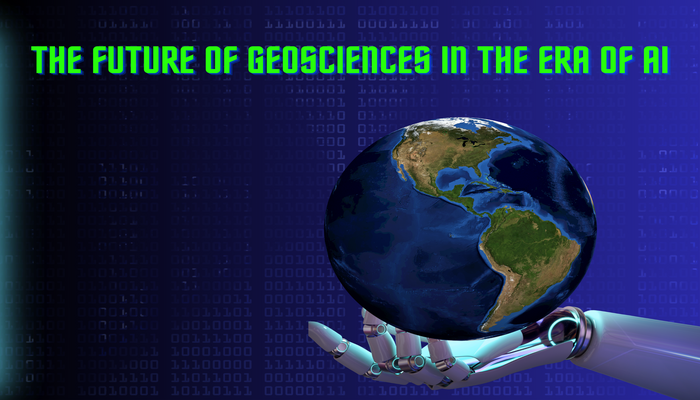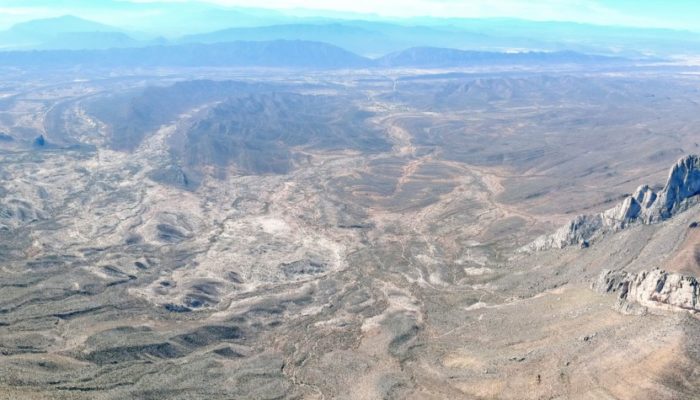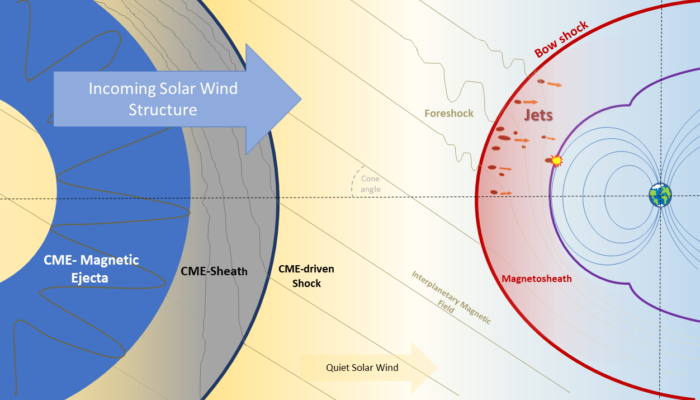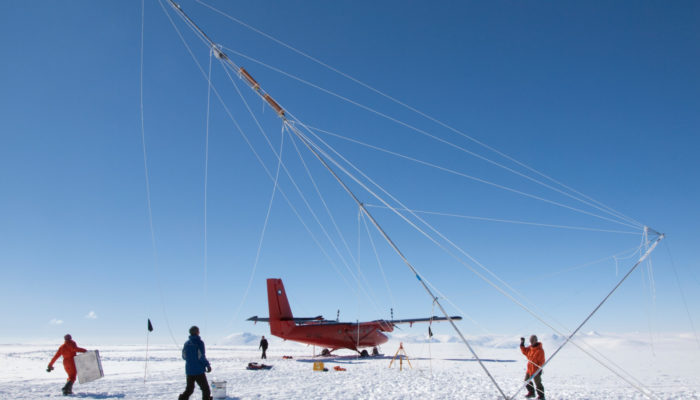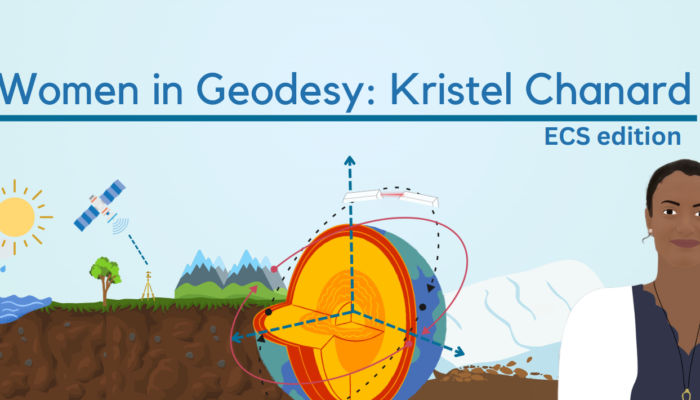As a reader of the Cryosphere blog, you may have spent a lot of time looking at the Greenland Ice Sheet, but do you really know what Greenland looks like? This “It Ain’t Easy Being Greenland” map is something I made for fun during the #30DayMapChallenge (an international project to complete one map a day during the month of November) and highlights how different the island country appears dependin ...[Read More]
Geodynamics
Artificial Intelligence in Geosciences: A Benefit or a Threat?
We live in the very heart of the Digital Age, where Artificial Intelligence (AI) is already playing a dominant role in our world. We have to ask ourselves what the future will hold for the field of Geosciences in the next years to come? In this week’s blog, our main goal is to share our views regarding the benefits and risks of AI in Geosciences. We live in an ever-evolving world, where technolo ...[Read More]
Hydrological Sciences
How has ChatGPT changed the way you teach hydrology?
Have you ever used ChatGPT to teach hydrology? If so, when did you start? I opened my account on openai.com in November 2022, out of curiosity, to test GPT-3 (Generative Pretrained Transformer generation 3). This was shortly before ChatGPT was launched (30 November 2022). Now, I even have a paid account to speed up the preparation of non-scientific texts, e.g. teaching materials on the use of Exce ...[Read More]
Stratigraphy, Sedimentology and Palaeontology
The unique exposures of El Gordo Diapir, one of the best places on Earth to improve our understanding of salt tectonics, will be destroyed by mining extraction. Would this be a geological site to protect because of its scientific interest?
This article aims to gather support from public or private organizations and individuals so we can convince the Secretariat of Environment and Natural Resources and the National Commission of Natural Protected Areas of Mexico to protect the area that covers El Gordo Diapir in Nuevo Leon, Mexico (https://www.gob.mx/conanp/). There is no intention to damage the image of any company that might have a ...[Read More]
Solar-Terrestrial Sciences
Exploring Magnetosheath Jets and their dependence on Solar Wind structures
Dayside of the Earth’s magnetic field Our understanding of the relationship between Earth’s magnetic field and the particles from the Sun that constantly bombard it, known as the solar wind, has significantly advanced in recent decades. The availability of numerous spacecraft measurements has provided valuable insights into this interaction. The solar wind, composed of high-speed particles c ...[Read More]
Cryospheric Sciences
CryoNews – The WMO is making the cryosphere a global priority
To us, the cryosphere has always been a priority. It is our field of interest, research, maybe passion, it is the stuff that gets us excited. Now, the cryosphere also became a priority to the World Meteorological Organisation (WMO). In today’s post we cover a recent news item introducing this very decision made during WMO’s recent congress. Read along to find out why they emphasize the importance ...[Read More]
Geodynamics
Introducing GPlately
The ability to easily compile and quickly evaluate both geological and geophysical data is essential for geodynamicists to understand Earth’s evolution. This week Dr. Ben Mather, a Research Fellow at the University of Sydney, introduces us to GPlately, a new tool designed to accelerate spatio-temporal data analysis in GPlates. GPlately is a Python package that enables the reconstruction of ...[Read More]
Geochemistry, Mineralogy, Petrology & Volcanology
Elemental etymology – what’s in a name?
Like many scientists in the GMPV sphere, I work a lot with geochemistry – using chemical elements and their differing behaviours, abundances or isotopes as tools to understand Earth processes. While staring at the periodic table, something that’s always niggled at me is where the names of these come from: why is the stuff we breath called oxygen and the sand on the beach made of silicon? Even more ...[Read More]
Cryospheric Sciences
How over-consumption leads to reduced sea ice: Visualization through artwork
Do you think that it is sometimes challenging to understand science (as a reader or listener) or to explain it (as a scientist)? Then, art may be a good solution to the problem. Between April and June 2023, Zacharie Bodson (artist) and I (climate scientist) are participating in the Seas and Oceans exhibition to explain the links between changes in Arctic sea ice and over-consumption. Read here abo ...[Read More]
Geodesy
Women in Geodesy: Kristel Chanard
I hope you are ready to be inspired because we have another exciting interview, with Kristel Chanard, our Outstanding Early Career Scientist Awardee of 2022. I promise that her answers will encourage you to pursue a career in science or continue to that! Her answers remind us again that we need to make geosciences more inclusive and diverse. So, let’s leave the spotlight to Kristel and hear what ...[Read More]

